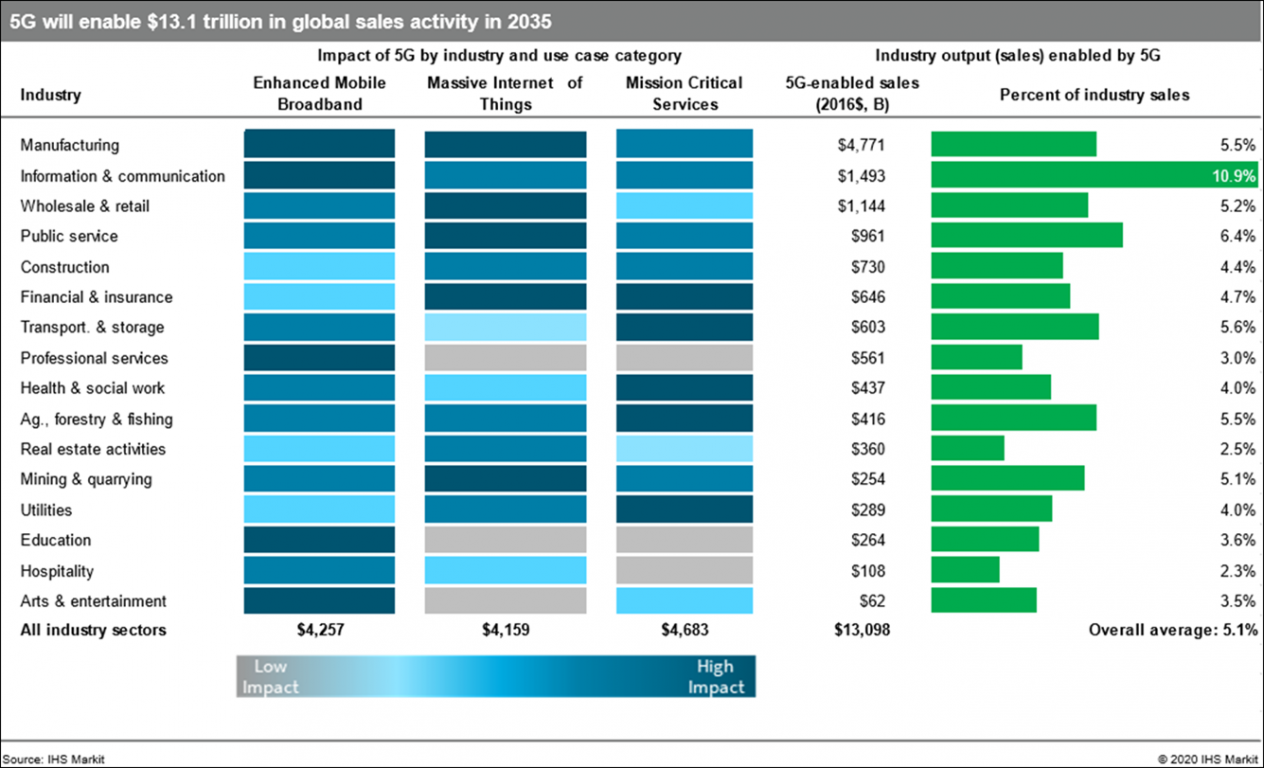Why Low Latency Is Critical for Service Providers

During the past few years, the telecommunication industry widely discussed the importance of network latency. Lower latencies can significantly improve the quality of experience for applications such as interactive gaming and VR/AR use cases and make them more realistic. At the same time, high latency makes certain applications unusable, which certainly, many of us have experienced at least once. For example, long latencies in normal voice calls complicate conversation flow management and drastically worsen user experience.
The success of many of the new emerging technologies and applications are dependent on minimized network latency, which sometimes also called delay. Some new use cases, such as e-health or autonomous vehicles, won’t even work reliably if the latency is too high. Below we will cover some of the most interesting use cases where the latency management and optimization are absolutely critical.
It is obvious that 5G must be able to cover more use cases than 4G: it goes way beyond just providing higher mobile broadband speeds. These additional use cases are needed to justify the investments on the 5G infrastructure and to maximize the return on investment. Therefore, instead of focusing only on mobile broadband speeds 5G has a major role in providing new services in enterprise, industrial and critical communication sectors.

Many surveys such as the one presented above (source: IHS Markit) show that new use cases and revenue streams, mainly coming from different enterprise sectors, are critical to their 5G business case.
As an example, many use cases will require high capacities (eMBB), but at the same time the lowest possible network latency, too. Many industries (including mining companies, financial organisations, manufacturing, and other utility industries) are expected to represent nearly 2/3 of the predicted 5G revenues in 2035. These use cases require to support ultra-reliable low latency communications (URLLC) services, thus the active latency management and optimisation are absolutely critical to fulfil the promise of 5G.
Latency management is not important only on the 5G networks. Although not as interesting as autonomous vehicles, the possibilities of low-latency connectivity in everyday business processes should not be overlooked.
For many use cases lower latency will make cloud services and applications more responsive and convenient, meaning near-instant access to the files and information that workers depend on daily. Businesses that rely on collaboration solutions to communicate internally and with customers will experience seamless video conferencing and client presentations with no significant delay in communications. Additionally, cloud providers, advertisers and other service providers have understood the impact of latency and how much it can impact the revenues. In many surveys operators and other OTT providers have indicated that latency has an important impact on their revenues. Some examples:
- Amazon found in 2012 that every 100ms of latency cost them 1% in sales
- In 2009 Google found an extra 0.5 seconds in search page generation time dropped traffic by 20%
- A broker could lose $4 million in revenues per millisecond if their electronic trading platform is 5 milliseconds behind the competition.
- Microsoft found that a 1 s slowdown reduced queries by 1% and ad clicks by 1.5%. A 2s slowdown reduced queries by 2.5% and ads by 4.4%
It is important to notice that these surveys were done more than 10 years ago, today the financial impact is likely to be significantly higher. However, this proofs how even small changes in latency can have a significant impact on the ability to keep users on a site, make purchase decisions or enjoy an application. This will be seen immediately as new revenue.
So operators and service providers are aware that latency has a concrete effect on their revenues and profitability. Together with packet loss, throughput and jitter, latency is one of the most important KPIs that determine Quality of Experience (QoE).
It is important to remember that latency cannot be avoided but it can be precisely measured and managed in order to minimize its impact on QoE and network performance. Data rate and spectral efficiency have more theoretical limits defined by the bandwidth, signal-to-noise ratio and the Shannon limit. There are not as many limitations with latency – the limit is more a practical network design which is a trade-off between performance, efficiency and complexity.
Creanord is driven to build technologies and solutions that actively and accurately track network performance and turn data into outperforming networks. Creanord designs and delivers network performance and quality monitoring solutions that build better confidence and readiness for service providers to create and sell services. Service providers can ensure that they are meeting the SLAs, delivering against what is promised 24/7, and satisfying customers who have no tolerance for poor performance quality.
Creanord has had a special focus on latency measurements, reporting and management for many years and is one of the market leaders in these applications. Creanord’s latency management includes the following key capabilities:
- Deployment of affordable network-wide latency management in an effortless, fast and scalable manner. Record deployment time: ½ day in a network with 5000 base stations.
- Microsecond level latency measurement accuracy with HW timestamping – ready for 5G
- Superior visibility to the performance and network latency in network segments with segmented view
- Support for accurate one-way and two-way latency measurements
- Cost-efficient scalability and support for high-capacity interfaces for growing mobile and converged services
Creanord PULSure solution has been deployed to 50+ service provider networks for latency management.